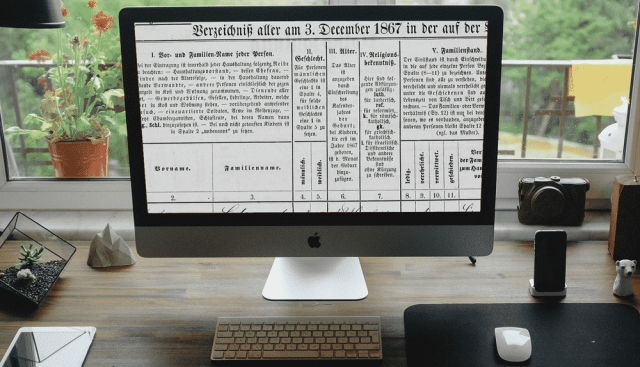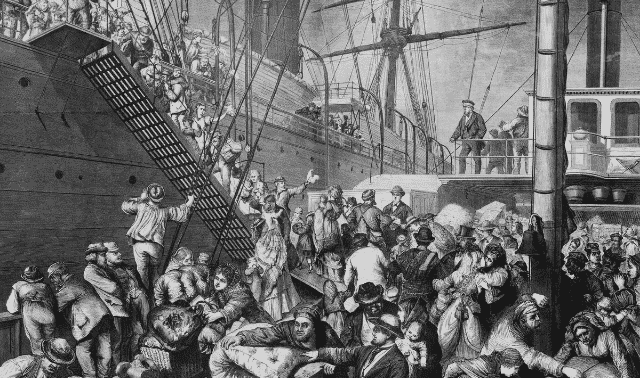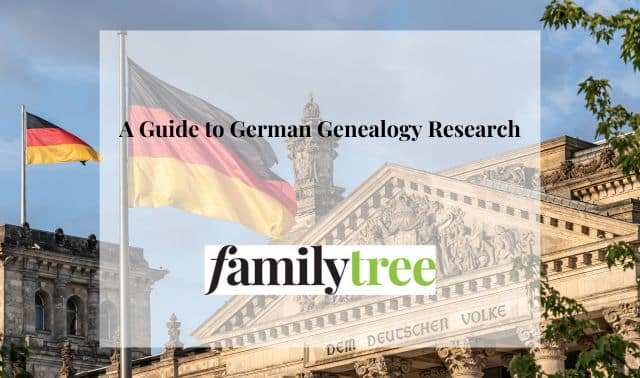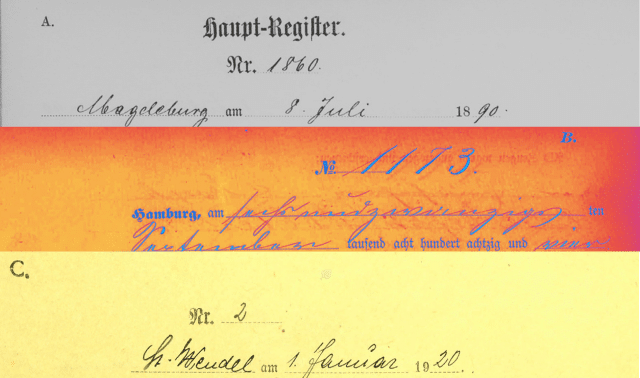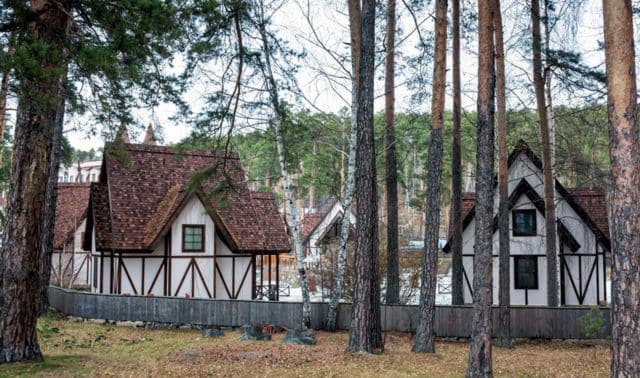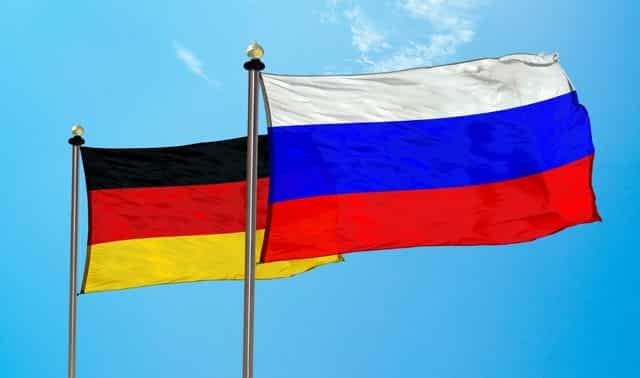Sign up for the Family Tree Newsletter! Plus, you’ll receive our 10 Essential Genealogy Research Forms PDF as a special thank you.
Get Your Free Genealogy Forms
"*" indicates required fields
An enduring stereotype of the First Wave of German immigration to North America—the one that started with a trickle of settlers in the 1600s but became thousands per year by the decades before the American Revolution—is that most of the people came for religious reasons.
The reality that belies that stereotype is that more than 80 percent of the German-speaking immigrants in this time period belonged to one of the three church groups (Roman Catholics, Lutherans and Reformed) that were allowed to be state-sanctioned churches in the crazy-quilt of German duchies, principalities, countships and free cities of the time.
The stereotype is tough to debunk because people get the theory of the history right—the ruler of each German state was entitled to pick the established religion—but fail to appreciate the reality of how this was put into action. In most German states, there was a degree of toleration by the rulers for each of the three recognized religions in their domains.
ADVERTISEMENT
Of the three recognized religions, only a tiny number were Catholics, as British immigration policy discouraged them from coming. It’s estimated that half of the First Wavers were Lutherans and about a third were Reformed.
Lutheran vs. Reformed
In theology and structure, the Lutheran denomination was a bit more rigid than the Reformed. This resulted in more records of Lutheran congregations being kept as well as a better survival rate of those that were kept.
A shortage of ordained clergy in America meant that both Lutheran and Reformed congregations sometimes employed pastors without proper credentials. But since the Reformed were a “bottom up” organization (each congregation was considered autonomous, still followed by the United Church of Christ denomination to which most of these churches still belong), more of them used irregular minsters than the hierarchically organized Lutherans. FamilySearch has some collections of Lutheran baptisms, marriages and burials, ranging from 1500 to 1971.
ADVERTISEMENT
Tracking down German Church Records
This has also been borne out by more of the eighteenth-century Reformed clergy keeping private pastoral registers of baptisms, marriages and burials—the acts from which were often not entered in the individual congregational registers. More Lutheran ministers used congregational registers only.
Many of the congregational and private pastoral registers of the First Wave Germans have been transcribed and even published. A great deal of the registers (or at least the published translations) can be found at FamilySearch.org and may be available digitally on that website. The digitized microfilms from the Historical Society of Pennsylvania, which contain many church, pastoral and cemetery records of First Wave German congregations, are available on FindMyPast.com.
Related Reads
ADVERTISEMENT


